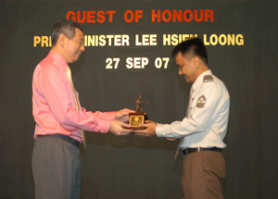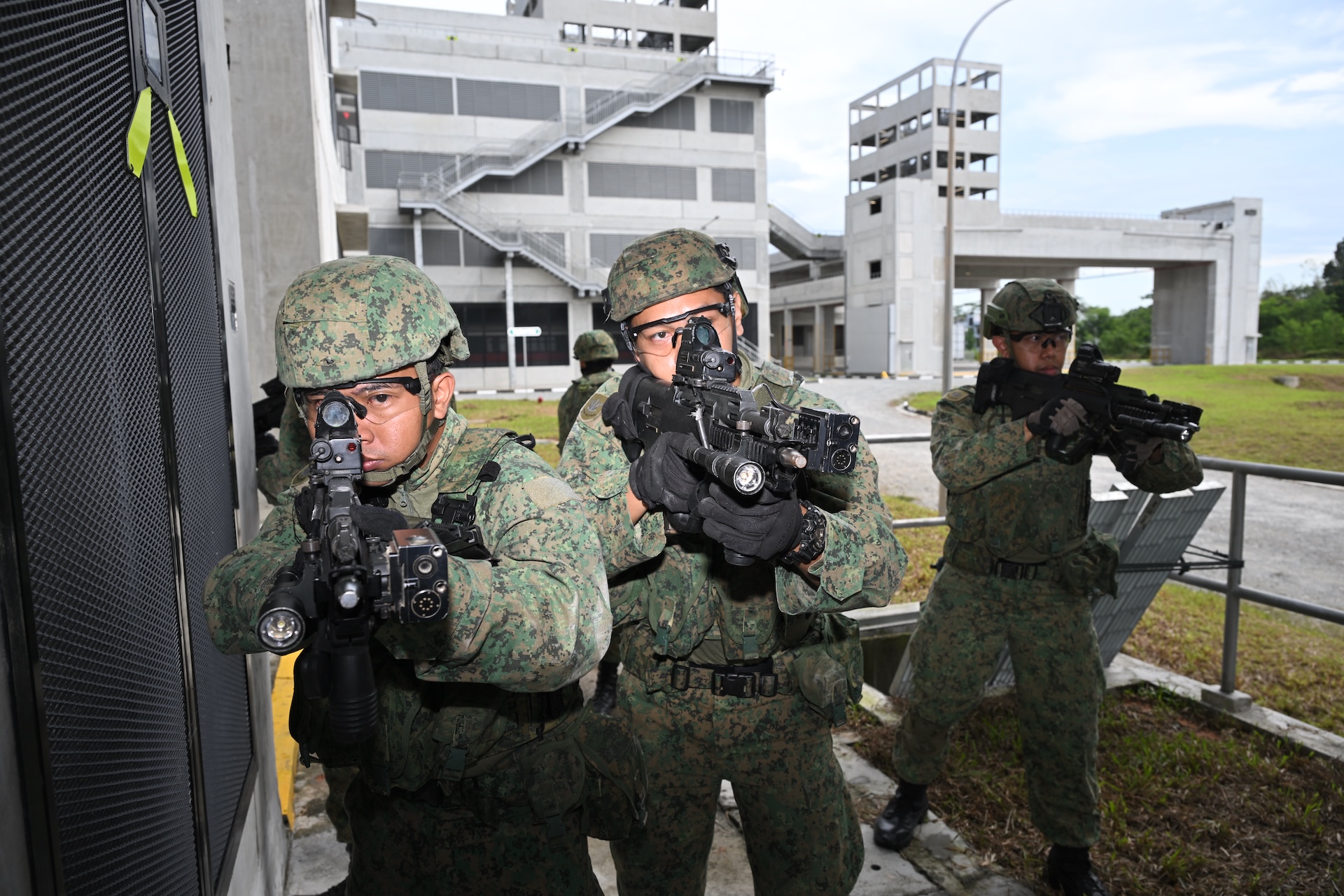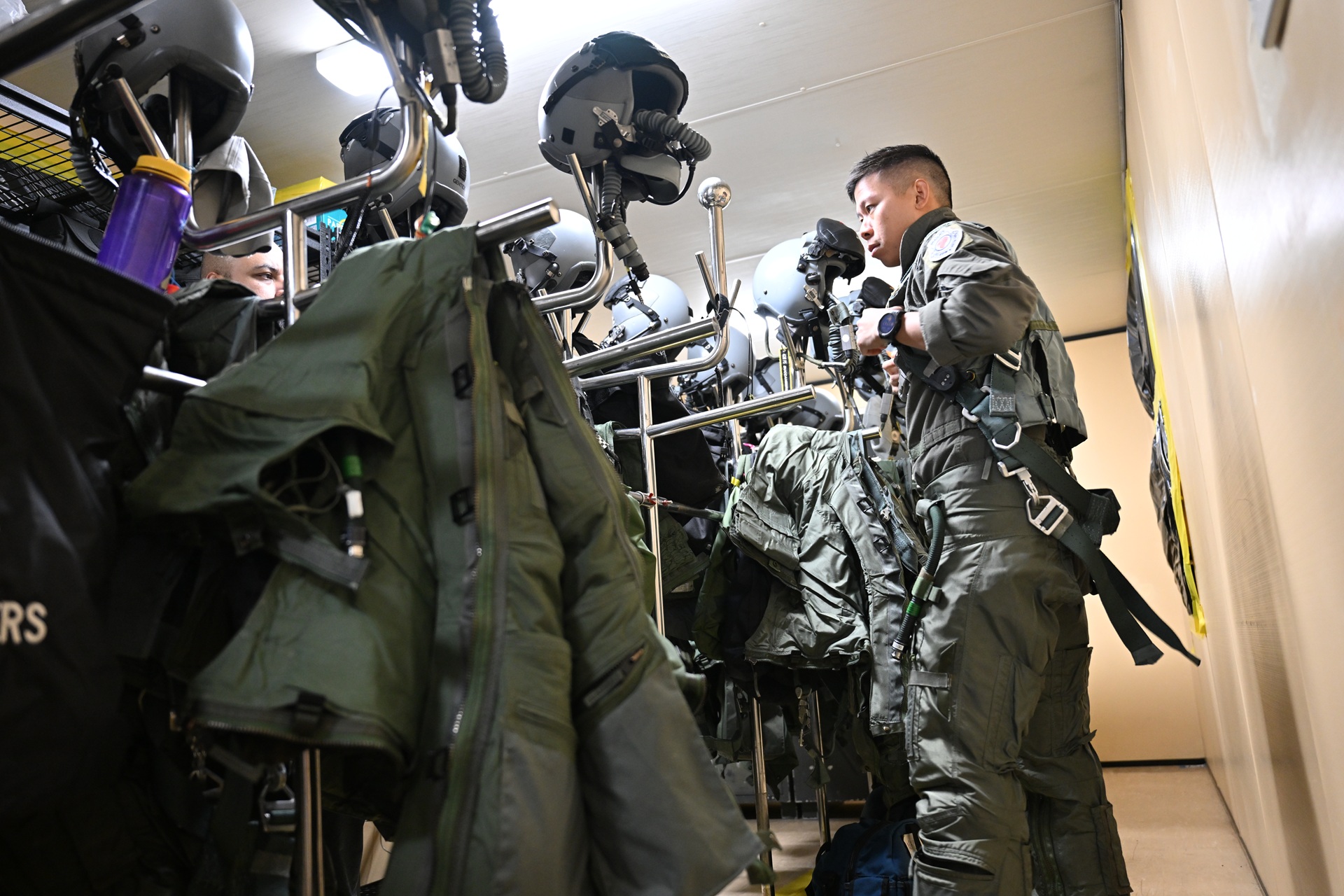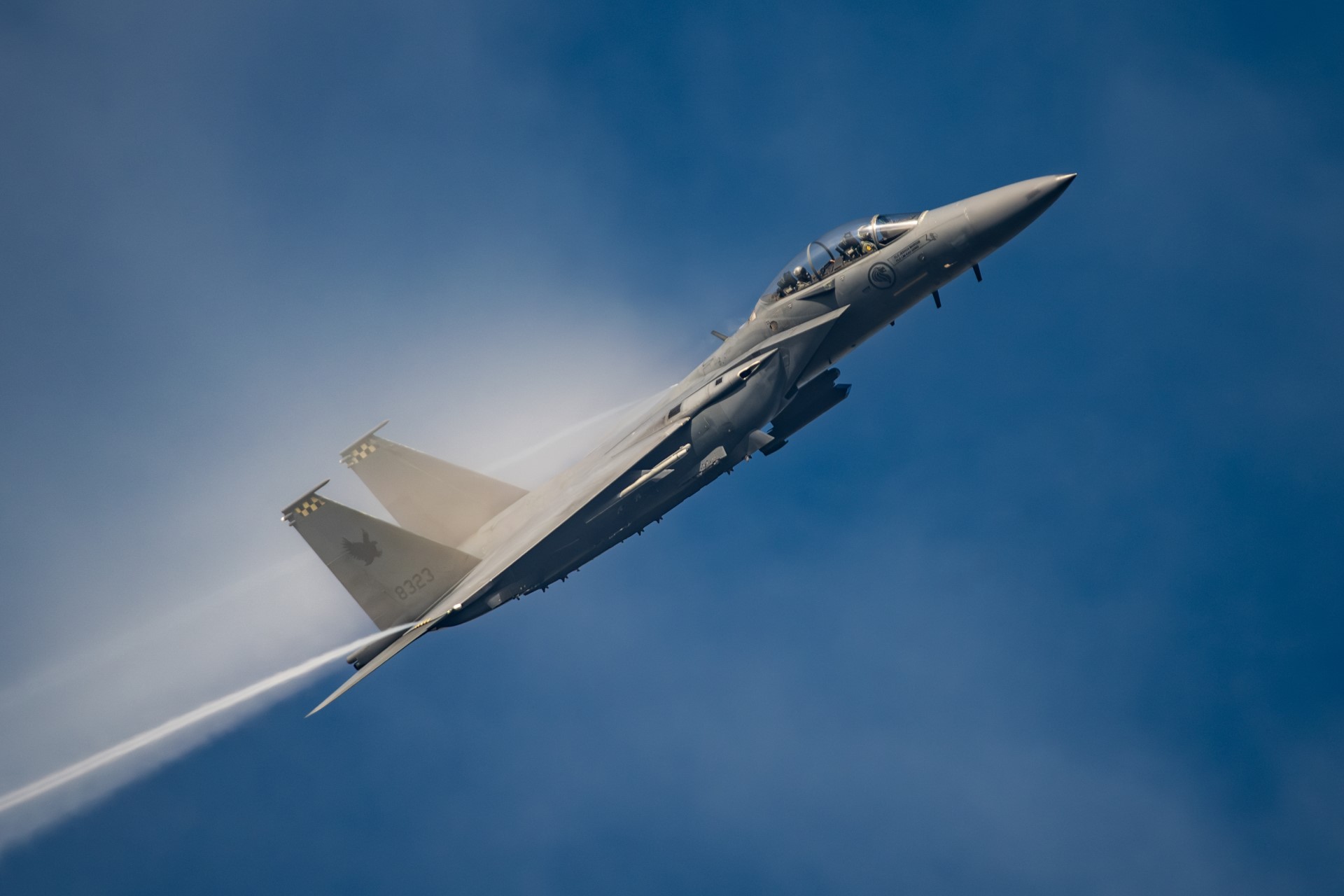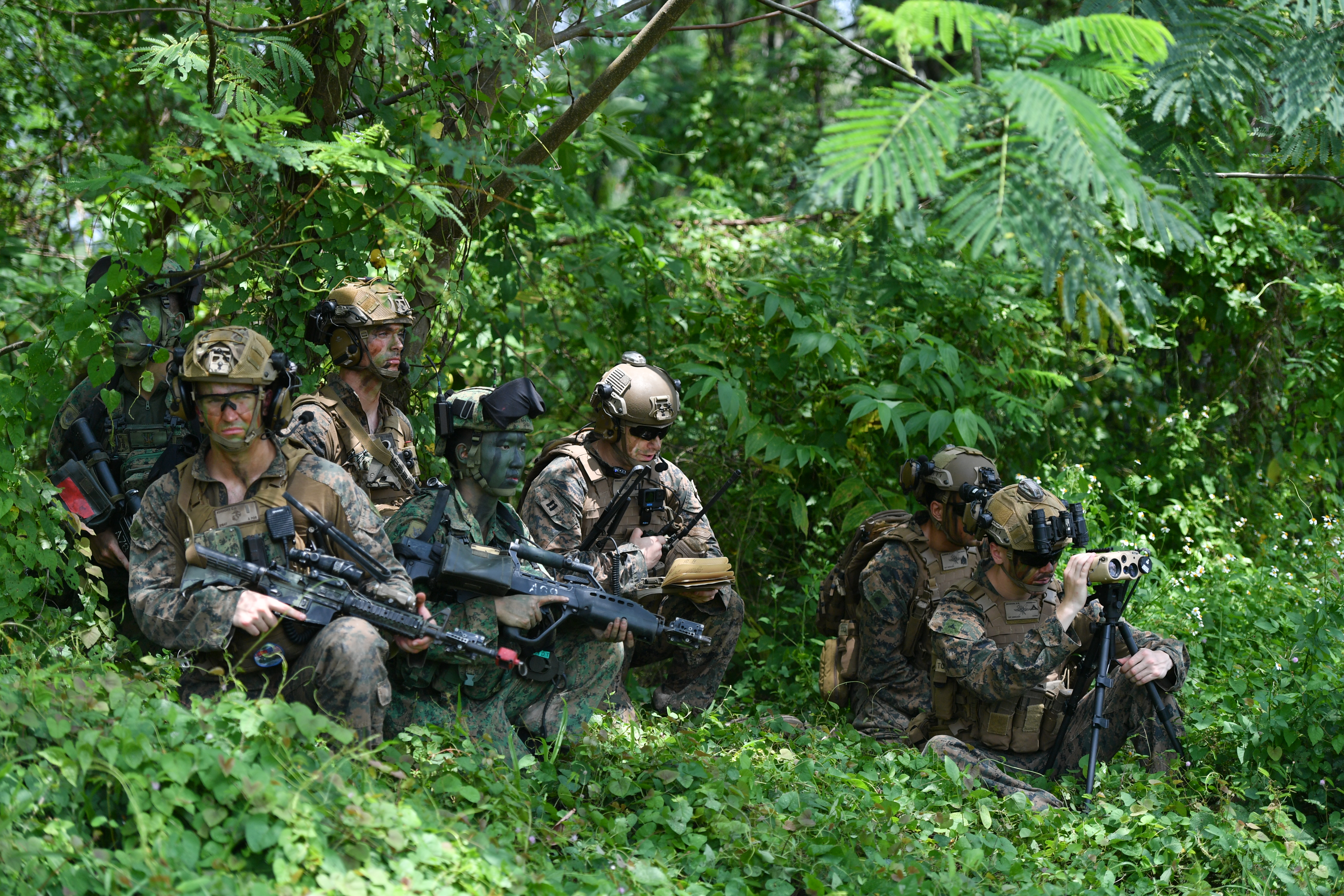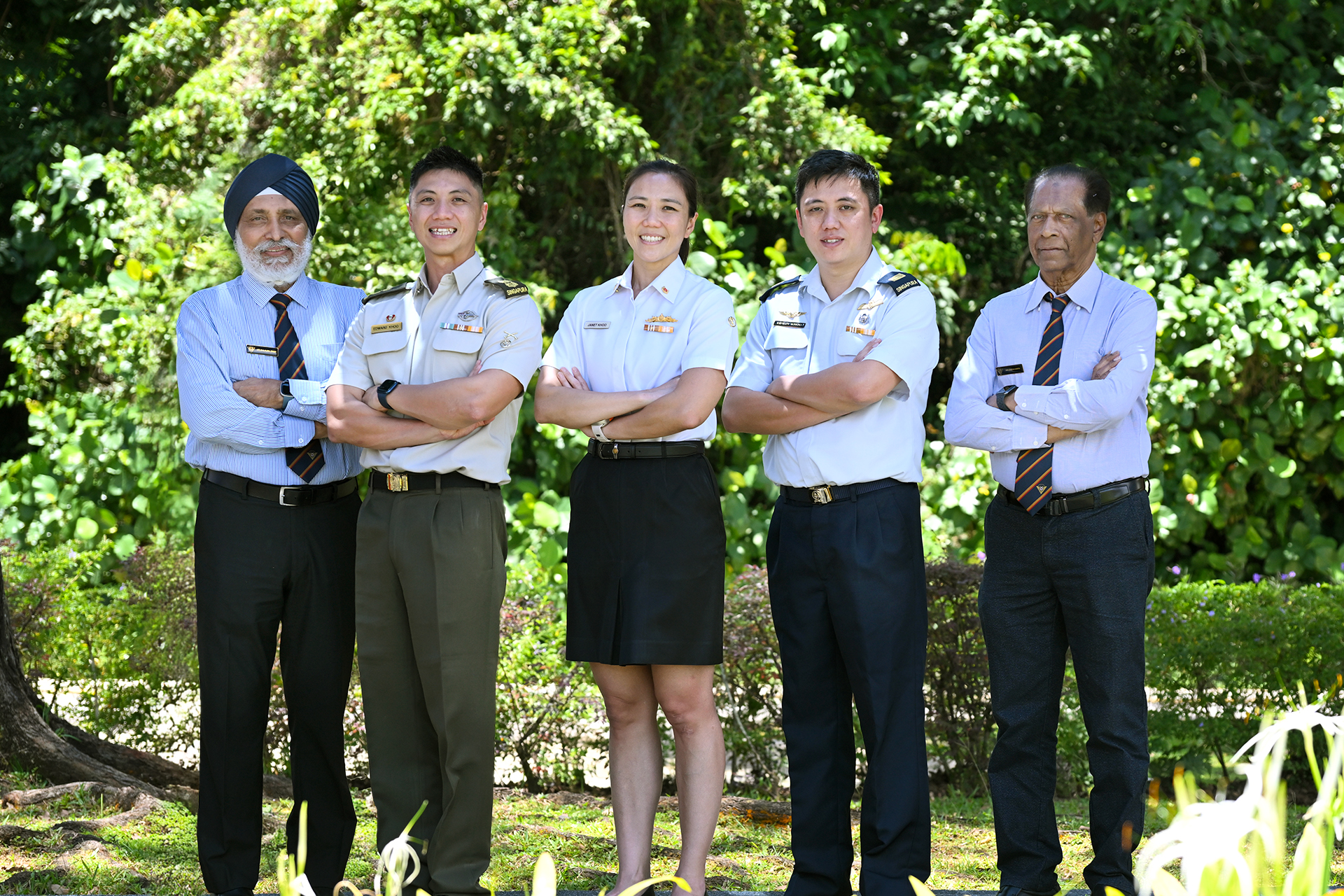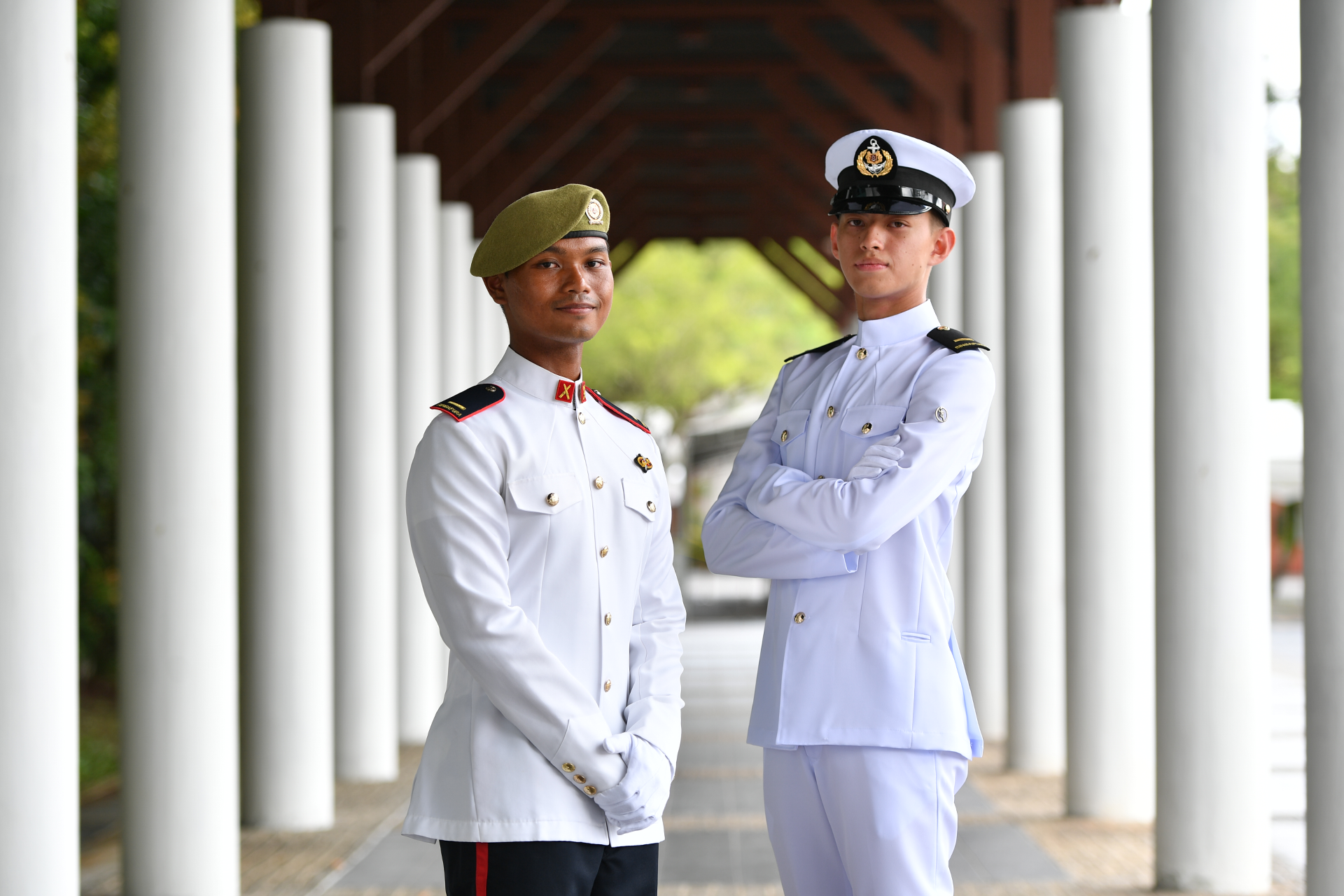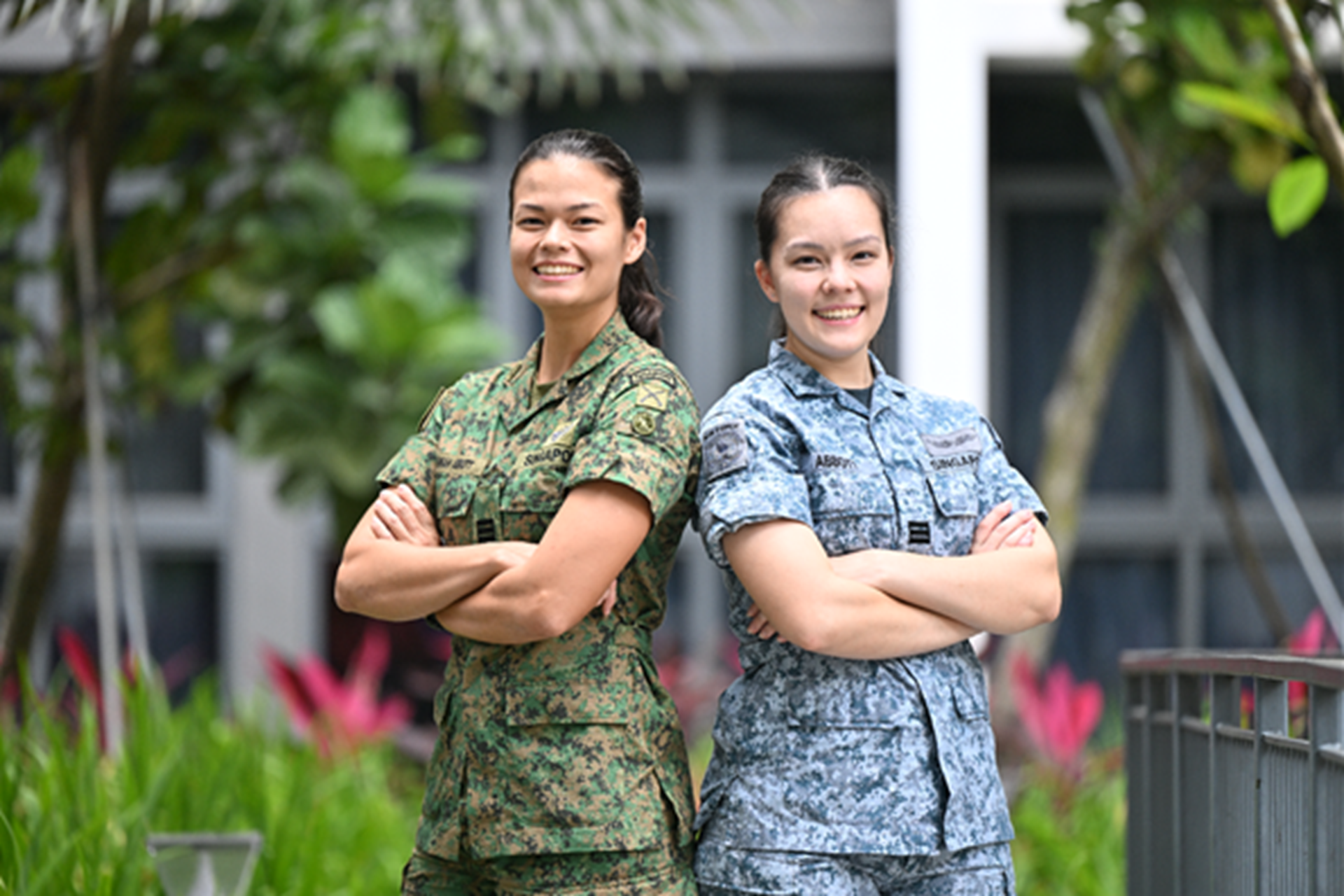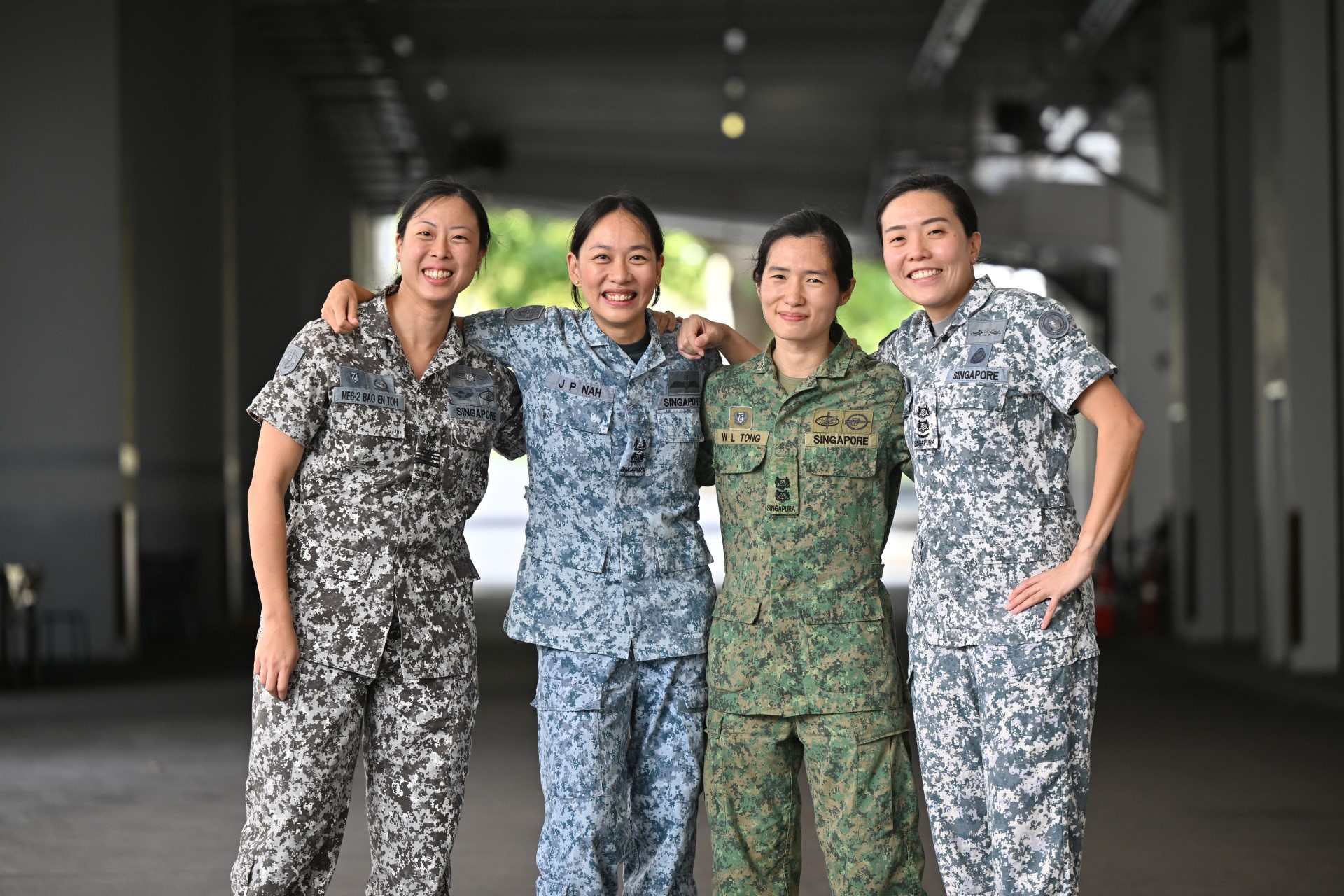GROOMING YOUNG DEFENCE SCIENTISTS
PHOTO // Chai Sian Liang & courtesy of DSTA
When she was about six years old, 17-year-old Vanessa Tan would paste scraps of plastic on old notebooks to create sleeves to insert stickers and sheets of coloured paper to create different designs for her own amusement.
It was this love for design and construction that led the Dunman High School student to develop an automated launch and recovery system for small Autonomous Underwater Vehicles (AUVs), as part of Research@YDSP (Young Defence Scientists Programme) during the end-of-year school holidays last year.
Vanessa presented her research findings from the two-month-long project at the YDSP Congress 2013, held at Orchard Hotel on 27 Mar. Senior Minister of State for Defence Chan Chun Sing was the guest of honour at the event.
Together with her mentor, Mr Low Wei Hao, a senior naval systems engineer from the Defence Science & Technology Agency (DSTA), Vanessa designed an automated launch and recovery system which employs electromagnets in an innovative manner. Existing systems require human operators and thus cannot be used on unmanned surface vessels.
Describing her ideas as creative and novel, Mr Low said this could potentially strengthen Singapore's naval defence capabilities. "Although it's conceptual and requires a lot more testing and refinement, it's workable and it's something that we can try out," he said.
For Vanessa, who wants to be an engineer, it was coming up with solutions to the problems she faced in her design that was most rewarding. "It made me feel completely satisfied and happy to see that the system I designed had reached another level of feasibility."
In his address at the YDSP, Mr Chan encouraged this spirit of innovation and discovery in students. He also paid tribute to local defence scientists whose work has enabled the Singapore Armed Forces (SAF) to be what it is today.
Speaking to about 400 students, teachers, principals and members of the defence technology industry, Mr Chan said: "In the SAF, we always say that there are four Services. The Army, the Air Force and the Navy are the usual suspects. The fourth Service of the SAF is the defence scientists... without the defence scientists coming up with innovative ideas, the SAF would be a far cry from the kind of operational capabilities that we have today."
Citing examples such as the locally designed and manufactured Singapore Assault Rifle 21 to show how it has enabled the SAF to train soldiers in marksmanship in a much shorter time compared to the older M-16 rifles, and the Formidable-class frigates, which function on a manpower size half that of other similar ships, Mr Chan said: "All these did not come by chance, nor were they bought from other countries. They were designed and developed indigenously by our defence scientists and technologists."
Mr Chan also encouraged the students to continue pursuing their interests in the area of defence science and technology. "One day, when you join the ranks of the defence scientists, you too will do wonderful things to allow fellow Singaporeans to sleep peacefully at night."
During the congress, he also presented YDSP Scholarships to 29 students for their outstanding academic and co-curricular achievements, and 62 YDSP Academic Awards to 60 students for excellence in Physics and Mathematics.
An initiative by DSTA and DSO National Laboratories, YDSP was formed in 1992 to cultivate student interest in defence science and technology through research programmes, science camps, scholarships and academic awards. The YDSP Congress marks the culmination of the YDSP activities held in 2012.
